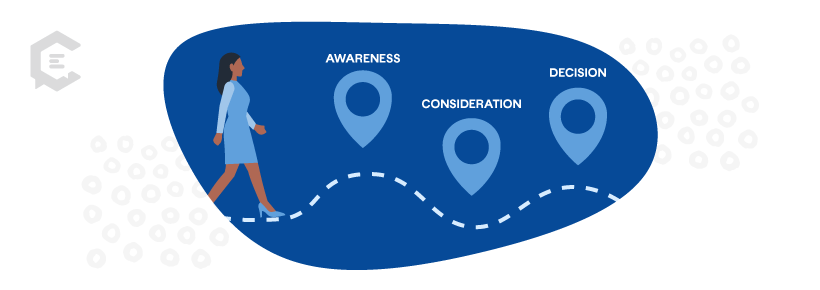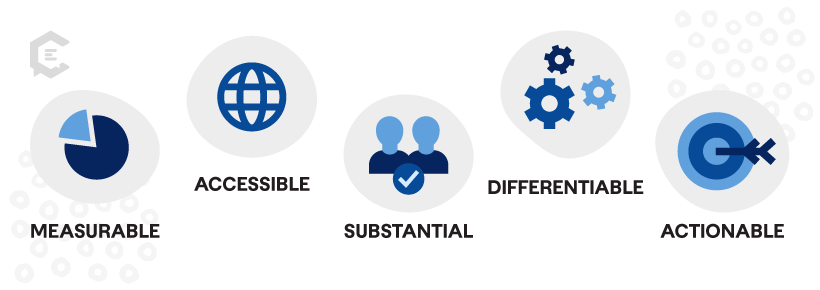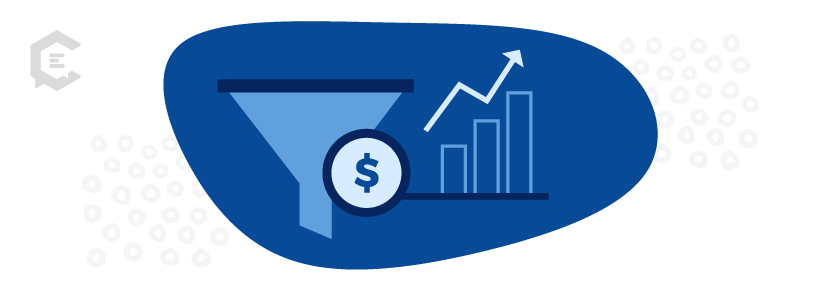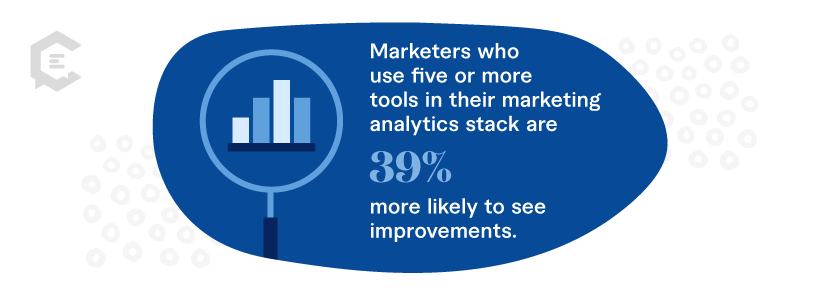Buyers don’t wake up and decide to purchase on a whim. Every transaction and conversion comes after a journey of discovery that can take days, weeks, or even months.
As digital marketers, we help customers discover, enjoy, and ultimately buy our product or service. Understanding your buyer’s journey and pain points can help expedite the sales process and find new customers.
In the digital landscape, we have more tools than ever to understand user and buyer behavior. Learn how to leverage data and analytics to shape and optimize your buyer’s journey.

Understanding the Buyer’s Journey
It is essential to have a framework that helps you understand who your customers are and how they behave before purchasing.
The customer journey is the process every buyer goes through before choosing a product or service. The buyer’s journey consists of at least three stages: awareness, consideration, and decision. Some marketers track two additional stages: retention and advocacy. This is when customers make repeat purchases or otherwise support your business.
Mapping your customer journey can provide an in-depth view of how your potential customers behave before purchasing at every step in the buying process. It also describes how each step leads to the next. So you can ensure your buyer’s journey doesn’t have gaps that cause leads to drop out of your funnel.
The Importance of Data and Analytics in the Buyer’s Journey
Developing a content strategy to align with your buyer’s journey can help you collect valuable data about your website visitors. You can then use this data to better inform your buyer’s journey and further improve your content strategy.
Understanding Audience Segmentation
Audience segmentation is the process of identifying subgroups within your target audience. This allows you to deliver more tailored messaging and build stronger connections.
According to campaign monitor, segmented email marketing campaigns increase revenue by 760%. You may base these segments on behaviors or characteristics.
Regarding an email list, you may create a segment of users who open their emails but don’t click or view emails on mobile.
Effective audience segmentation can help you:
- Target users with more relevant content
- Identify areas that need improvement
- Drive higher engagement and conversions
How to Use Data for Effective Audience Targeting
Base your segmentation on data. Through your analytics platform, you should be able to look at:
- Engagement level
- Purchase behavior
- Browsing activities
- Interests, values, lifestyle
After compiling that data, you’ll want to create segments based on the M.A.S.D.A. model. This helps ensure marketing segmentation is useful for the marketing strategy.

M.A.S.D.A. stands for:
- Measurable: Can you measure the market segment’s size and purchasing power to a reasonable degree of accuracy?
- Accessible: Are you able to access the segment? Do the users in this segment want or need your product or service?
- Substantial: Is your segment large enough to create an impact?
- Differentiable: Is this segment relatively unique to other segments?
- Actionable: Will this segment provide quantifiable data?
Improving Customer Engagement and Conversion Rates with Data-Driven Insights
Engagement and conversion rates are some of the easiest metrics to track. So, it should come as no surprise that they work well with data-driven marketing.
Leveraging Data to Improve Engagement
One could argue the engagement rate is the most critical data point of social media marketing.
By understanding each post’s success, marketers can guide their strategy. For example, change their post tactics and develop the correct type of graphics and language for each channel.
Tracking your engagement rate can help you identify what is and is not working.
When engagement rates are low, it means something needs to change. Whether the content itself, the time of day you’re posting, or your target demographic. And low engagement rates can also provide a clue into those brands who purchased followers rather than earned them over time.
Using Analytics to Increase Conversion Rates
Your conversion rate is often the be-all and end-all metric.
Digital marketers work tirelessly to improve conversion rates and can make all other metrics feel secondary. When it comes to improving conversion rates, data and analytics can be great tools.

According to MarketingProfs, the five most popular methods for improving conversion rates derive from data:
- Customer journey analysis
- A/B testing
- Usability testing
- Website personalization
- Cart abandonment analysis
These methods rely on real user data, turning your website into a research lab.
Do users like options A or B better? At what point does a user decide not to move forward with a purchase?
When looking at the results of these tests or theories, implement change and see if that affects your conversion rate overall.
Practical Tips for Leveraging Data and Analytics in Your Marketing Strategy
There are countless ways to slice and dice audience data. To better understand your audience, product, and competitive landscape.
But at the most basic level, data analysis can help you identify what is working — so you can do more of it — and what is not — so you can do less.
Consider these tips:
- Establish a benchmark. Before taking any additional actions, note your current performance. This will act as your starting line when measuring the success of any data-driven decisions.
- Set a reoccurring time to look at your data. You should be reviewing marketing performance quarterly. But consider checking in on all your performance weekly or at least once a month. Regular monitoring will help you spot trends, adjust to changes, and correct major errors or issues.
- Learn from A/B tests. A/B tests are a great way to measure the effectiveness of different campaigns using the same marketing channel. You can use A/B tests to control for specific variables like wording, content, or images. The tests will help you better understand what elicits the desired response from your customers.

Top Tools for Data Analysis
Research by Forrester shows marketers who use five or more tools in their marketing analytics stack are 39% more likely to see improvements. There are dozens of tools and dashboards for different purposes and at different price points.
Some helpful tools include:
- Google Analytics for basic website data
- Moz for search engine optimization information
- SEMrush for keyword data
- Ahrefs for competitor analysis
- HubSpot for content analysis
- Quantcast for audience analysis
- ScreamingFrog for technical website diagnostics
- Hotjar for website heat mapping
- Optimizely for A/B testing
- Mention for social media monitoring
Embracing a Data-Driven Approach
In the not-so-distant past, marketers spent budgets on direct-mail campaigns and hoped they could justify the cost. Now, the power of analytics has made it easier than ever to measure, adapt and adjust your strategy.
Using data as a cornerstone of your marketing strategy and buyer’s journey can help improve conversions, increase engagement, and make for happier customers.
If you need help adjusting your content strategy to fit audience data, ClearVoice can help you find a solution to get the most out of your content.



